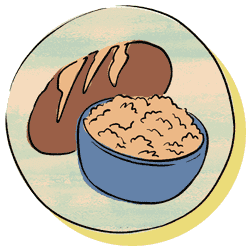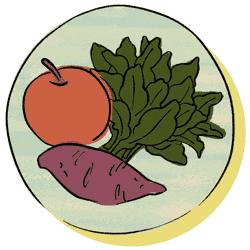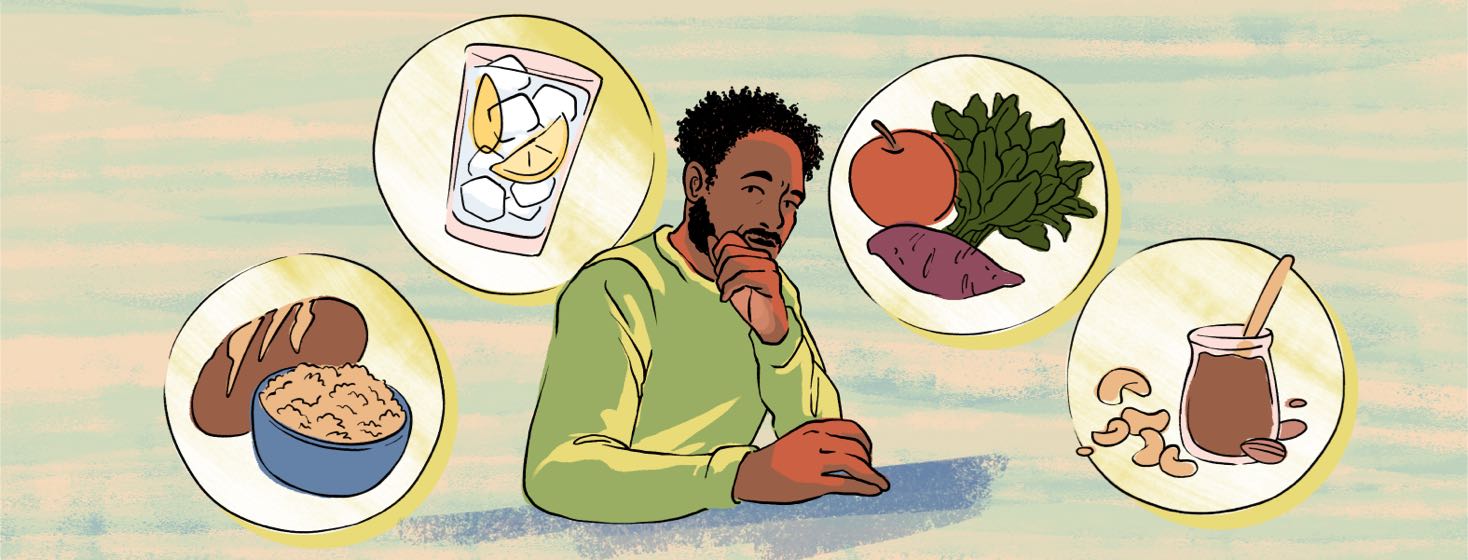How Our Food Choices Impact Diabetes Risk
One of the first questions people may ask when diagnosed with diabetes is, "how?" New studies emerge frequently. But we can safely say that most recommendations for avoiding diabetes come back to nutrition choices.
A study published in April 2023 found that a high number of cases (incidence) of diabetes can be traced back to dietary choices. The study looked at data from 184 countries. So, what are these specific dietary choices, and how can we change or manage them? Let's review the details of this research study.1
What were the details of the study?
The study noted that over 20 years, the number of people with diabetes increased from 108 million to 537 million. Nine out of 10 of these cases were of type 2 diabetes (T2D). And this increase in diabetes cases corresponded to increases in obesity.1
In addition to the individual health risk, diabetes puts extra stress and burden on:1
- The family
- Caregivers
- The healthcare system
Looking at 11 categories of foods, the study concluded that over 7 out of 10 new cases of T2D could be attributed to "suboptimal intake of the 11 dietary factors."1
Diabetes is impacted by food choices
The study indicates that throughout the world, diets that are high in processed meats, refined grains, and sugary drinks and low in fruits, non-starchy vegetables, and whole grains have led to an immense number of people with T2D.
So how do we combat this? What dietary choices can we make, or help our family to make, to end this cycle?
This or that?
Here are a few ideas on how to make small nutrition changes to support your overall health.
Whole versus refined grains

When choosing bread or cereal, always look for the first ingredient to state "whole grain wheat flour." Choosing brown rice over white rice is an easy switch. The taste and color of white rice come from changes that also decrease the fiber in it.
Brown rice – which still has all of its fiber – is better for you. There are many whole grain breads on the market, so finding one that tastes good to you is definitely an option. It, too, contains more fiber than white bread.
Drinks

Skipping fruit juice, sugar-loaded coffee drinks, and soda pop is also a great way to make an easy change. Water can be given pizazz with a squeeze of lemon, lime, or orange. Choosing milks that do not have added flavors like chocolate or strawberry milk will also lower sugar intake.
This is especially important to teach children. Craving sugar in their drinks can not only increase their risk of diabetes later in life, but also lead to dental caries.
Fruits and vegetables

Opting for whole fruits and vegetables with the peel on can help you acquire all the nutrients a food offers. Skip canned fruits that have had their peels removed and are swimming in fruit juice or sugary syrup.
Instead of plain white potatoes, try to incorporate sweet potatoes. Both sweet potatoes and dark, leafy greens have extra fiber that will make you feel fuller.
Nuts and seeds

Nuts and seeds are a great way to add flavor, texture, and other added health benefits to your meals. For example:
- Sprinkling crushed cashews on your stir-fry adds healthy fats and extra protein.
- Mixing some ground flaxseed in with your oatmeal helps to provide more healthy fats and fiber to keep you regular.
- Nut butters like almond butter or peanut butter are a great addition to hot oatmeal or other snacks to increase satiety.
Making any or all of these small dietary changes in your daily eating plan can help support a healthier future.
This or That
Do you practice portion control?

Join the conversation